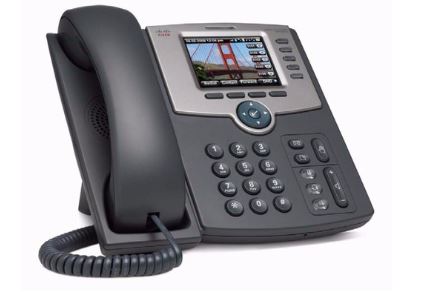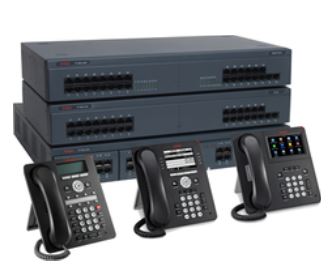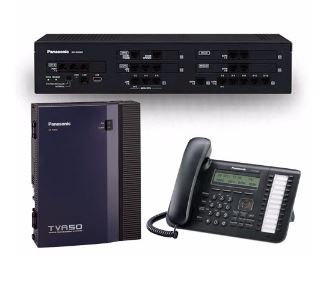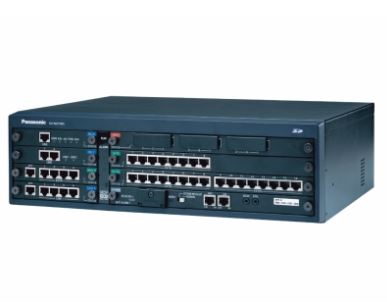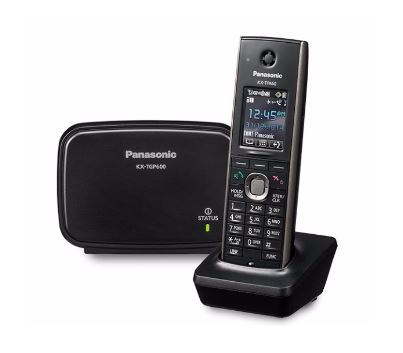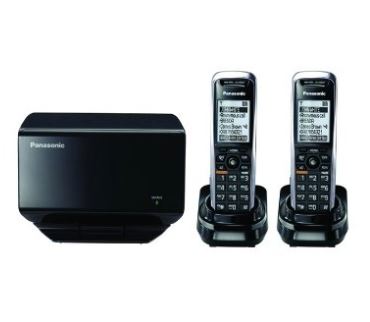Integrated Phone Systems for Homes and Businesses
Until recently all telephones were analog. That is, the audio signal is completely processed via analog technology rather than digital. Now, some phones are “digital” and they use a digital signal (like a computer) that represents the sound. Digital phones are frequently used in offices where the digital functions support voicemail and many other computer-like operations in addition to the actual processing of the audio signal. These digital phones used in offices still receive an analog signal from the phone line, but process it and handle the other new functions digitally.
Sometimes, a digital telephone system also has professional call center capabilities. With professional call center capabilities, calls are automatically distributed to agents. The basis of routing usually includes customer menu choices and pre-assigned agent skill-set specifications.
Professional call center capabilities also include reporting on such things as call times and customer satisfaction to measure the quality of service. Many systems automatically record calls so managers can review conversations and monitor service.
In contrast to pure ISDN telephone systems, hybrid telephone systems can manage different transmission technologies and telephone interfaces. Therefore, hybrid telephone systems can establish connection to public telephone networks via ISDN connection, mobile phone interface or Voice over IP.
These telephone systems stand out due to their high flexibility and sustainability. They support various telephone technologies or application scenarios and allow connection of analog, digital, or VoIP end devices. Hybrid telephone systems allow a very smooth migration to Voice over IP technology. The changeover can be done without having to replace the hardware.
Both the telephone system and the end devices can continue to be used during the entire migration period. Hybrid systems are completely adjustable and customizable regarding adding and removing users, which can be big assets for instance for companies, which have a high season and need more working force. This function of the system makes it applicable for businesses of any sizes, since it can be quickly reconfigured to the changing business environment and growth of the company. The most important part of this function is that making changes with user accounts doesn’t impact IT operations in any way and it is not costly.
includes customer menu choices and pre-assigned agent skill-set specifications. Professional call center capabilities also include reporting on such things as call times and customer satisfaction to measure the quality of service. Many systems automatically record calls so managers can review conversations and monitor service.
Stands for “Voice Over Internet Protocol,” and is often pronounced “voip.” VoIP is basically a telephone connection over the Internet. The data is sent digitally, using the Internet Protocol (IP) instead of analog telephone lines. This allows people to talk to one another long-distance and around the world without having to pay long-distance or international phone charges.
In order to use VoIP, you need a computer, an Internet connection, and VoIP software. You also need either a microphone, analog telephone adapter, or VoIP telephone. Many VoIP programs allow you to use a basic microphone and speaker setup. Others requires VoIP phones, which are like regular telephone handsets, but typically connect to your computer via USB. Analog telephone adapters allow you to use regular phones with your computer. IP phones are another option that connect directly to a router via Ethernet or wirelessly.
These phones have all the necessary software for VoIP built in and therefore do not require a computer. A VoIP phone is a telephone set designed specifically for use in a voice over IP (VoIP) system by converting standard telephone audio into a digital format that can be transmitted over the Internet, and by converting incoming digital phone signals from the Internet to standard telephone audio.
The steps and principals involved in originating VoIP telephone calls are similar to traditional digital telephony and involve signaling, channel setup, digitization of the analog voice signals, and encoding. Instead of being transmitted over a circuit-switched network, however, the digital information is packetized, and transmission occurs as IP packets over a packet-switched network. They transport audio streams using special media delivery protocols that encode audio and video with audio codecs, and video codecs. Various codecs exist that optimize the media stream based on application requirements and network bandwidth; some implementations rely on narrowband and compressed speech, while others support high fidelity stereo codecs.
The backbone of your communications is the structured cable system, a poor cable system will cause telephones to malfunction and data systems to run slow or not at all. Your telephone and data equipment rely on the cable systems, these structured cabling design and installation are set by specific standards that consist of CAT5e and CAT6 wirings.
The backbone of your communications is the structured cable system, a poor cable system will cause telephones to malfunction and data systems to run slow or not at all. Your telephone and data equipment rely on the cable systems, these structured cabling design and installation is set by specific standards that consist of CAT5e and CAT6 wirings.
Session Initiation Protocol (SIP) is a communications protocol that is widely used for managing multimedia communication sessions such as voice and video calls. SIP, therefore is one of the specific protocols that enable VoIP. It defines the messages that are sent between endpoints and it governs establishment, termination, and other essential elements of a call. SIP can be used to transmit information between just two endpoints or many. In addition to voice, SIP can be used for video conferencing, instant messaging, media distribution, and other applications. SIP has been developed and standardized under the auspices of the Internet Engineering Task Force


